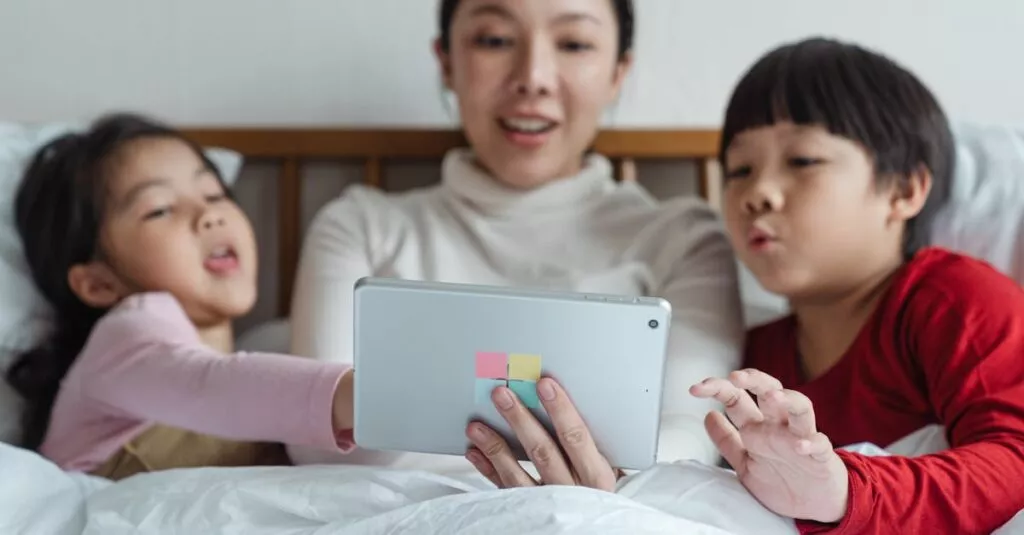Why Empathy and Boundaries Matter
Bringing up tiny humans? Brace yourselves; it’s not just about snack time and nap schedules. It’s about teaching them the big stuff: empathy, compassion, and the art of setting boundaries. Yes, even pre-schoolers can grasp these concepts, and it’s crucial for their emotional development. Think of empathy as the superhero skill of understanding others’ feelings, while boundaries are the invisible shields that protect everyone’s emotional well-being. Together, they’re a dynamic duo in your child’s social toolkit.

Turning Tantrums into Teaching Moments
Ah, the dreaded tantrum—in the toy aisle, no less! Been there, done that. But what if we flipped the script? Imagine seeing these meltdowns as golden opportunities to teach empathy. ‘I see you’re really upset about not getting that toy. It’s tough when we can’t have what we want.’ Acknowledging their feelings not only soothes the storm but also teaches them that their feelings are valid and understood. Transitioning from tantrum town to empathy avenue might not be smooth sailing, but it’s worth the trip.

The Magic of ‘No’ and Why It’s Necessary
The word ‘no’ might be small, but its impact is mighty, especially when it comes to teaching boundaries. Saying no to that extra cookie or screen time can spark important conversations about limits and self-control. Remember, setting boundaries is not just about enforcing rules; it’s about teaching respect—for themselves and for others. And hey, it’s okay if they’re not thrilled with hearing ‘no.’ It’s all part of the learning process.

Understanding the power of ‘no’ can help children navigate boundaries and develop crucial life skills. It’s a tool for empowerment and self-awareness, guiding them to make choices that align with their values and well-being.
Empathy Starts With Us: Modeling Behavior
Ever caught yourself snapping at someone, then realized your little one was watching? Ouch. Children are like sponges, soaking up how we handle frustration, set boundaries, and show compassion. By modeling these behaviors ourselves—like patiently waiting in line or offering help—we’re teaching empathy in action. So next time you’re about to lose it, remember: little eyes are watching, and they’re learning from you.

Key Takeaway: Our actions serve as a blueprint for our children’s behavior. Let’s strive to be mindful of our responses and emotions to set a positive example for them.
Crafting Apology Letters: A Beginner’s Guide
Remember when you accidentally knocked over your kiddo’s block tower, and they forgave you after you apologized? Moments like these are perfect for introducing empathy. Crafting apology letters—even if they’re just crayon scribbles—can be a fun, creative way to teach responsibility and compassion. Discussing the ‘why’ behind the apology helps them understand the impact of their actions on others, turning ‘I’m sorry’ from a quick fix into a meaningful gesture.

Celebrate the Small Wins
Every day with a preschooler is an adventure filled with ups and downs. But every time they understand someone else’s feelings or voice their own needs respectfully, it’s a win worth celebrating. Maybe it’s a special sticker, an extra story at bedtime, or simply a big hug. Recognizing these small victories encourages more empathetic and compassionate behavior. So, celebrate the heck out of those wins—because teaching empathy and setting boundaries is no small feat.

Related Posts:
- Setting Age-Appropriate Boundaries in Christian Parenting
- Christian Parenting: Setting Boundaries with Love
- Prayer, Faith & Boundaries in Christian Parenting
- Christian Parent: Building Patience and Resilience with Boundaries
- Effective Boundary Communication with Preschoolers
